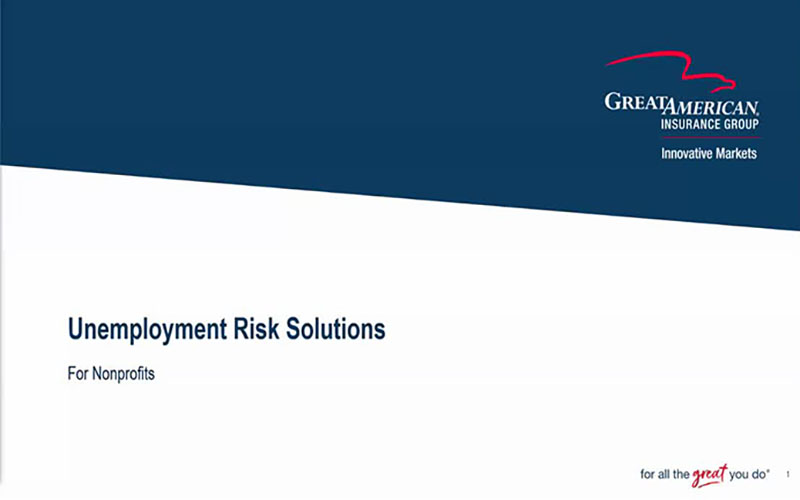Protect Your Business with a Violence Prevention Program

Different types of violence can occur in many workplaces. To help prevent workplace violence, management must provide visible support for a violence prevention program and communicate that there is zero tolerance for violence.
Statistics indicate that incidents of workplace violence have steadily increased over the past several years and can cost businesses a significant amount of money if not managed properly. Although homicides make the headlines, most incidents of workplace violence involve situations other than homicide. These situations can include threats and verbal abuse, physical assaults, fistfights, domestic and romantic disputes, and harassment.
Most incidents of workplace violence can be categorized into one of three types:
Type I
In a Type I crime, the perpetrator has no relationship to the victim and usually enters the workplace to commit a robbery or other criminal act. Businesses at a high risk of Type I violence include gas stations, convenience stores, 24-hour restaurants, taxis and limos, and small hotels/motels.
Type II
Type II violence is committed by a current or former client, customer, patient or prisoner. The person might be seeking revenge against the workplace or a specific person at the workplace. Other reasons for Type II violence include fear, anger, frustration or mental illness. The healthcare and social services industries are at an increased risk of experiencing Type II violence.
Type III
Type III violence is the most common type of workplace violence, and it affects all businesses. These incidents are committed by a current or former employee, spouse, lover, relative, or friend of a current or former employee. Examples of Type III violence include domestic and romantic disputes, fights, assaults, threats, and homicides.
A violence prevention program provides businesses with a plan to prevent and deal with workplace violence. The program should include the following:
- Management commitment
- Company policy
- Prevention techniques
- Reporting and handling procedures
- Legal concerns
Management Commitment
For a program to be successful, management should be committed to preventing workplace violence. This means that management must provide visible support for the program and communicate that there is zero tolerance for violence.
Company Policy
A comprehensive program should include a written prevention policy. This policy should state that violence will not be tolerated, and it should include any disciplinary actions for violating the policy. It should also encourage victims of workplace violence to report all incidents. This policy should be communicated to all employees and visitors.
Prevention Techniques
There are many prevention techniques that businesses can implement to help prevent workplace violence. These techniques can include, but are not limited to, the following:
Pre-employment screening
The best way to prevent workplace violence is to not hire potentially violent people. Employers that use effective hiring practices often reduce the likelihood of hiring people who are more prone to exhibiting violent behavior. Some of the more effective screening practices are written job applications, interviews, reference checks, police/criminal background checks and post-job offer drug tests.
Supervisor and employee training
Training both employees and supervisors ensures that they understand the company’s violence prevention program. Some of the more relevant topics to train employees and supervisors on include the following:
- The extent of workplace violence
- The company policy and disciplinary actions for violating this policy
- Warning signs of potentially violent people
- Reporting procedures
Workplace safety and security changes
Businesses can also make changes to their existing workplace to reduce the likelihood of workplace violence from occurring. Most of these changes are very inexpensive and involve only minor modifications to the existing workplace. Some changes that all companies can make include the following:
- Install adequate lighting in all parking areas and entrances.
- Encourage employees to walk in groups to their cars.
- Lock all doors after business hours.
- Implement proper sign-in procedures for all guests, and issue visitors passes.
- Adopt proper cash handling procedures and other robbery prevention techniques.
- Implement proper evacuation procedures.
Employee assistance program (EAP)
An EAP can be an excellent resource for helping employees and their families cope with a variety of problems. Some of the more common problems that EAPs specialize in include domestic abuse, drug and alcohol abuse, stress, and credit problems.
Violence prevention team
A violence prevention team can be an excellent resource for helping larger and more vulnerable businesses prevent workplace violence. Typically, a violence prevention team is responsible for developing and managing a company’s violence prevention program.
Reporting/Handling Procedures
For the program to be a success, employees and supervisors must know how to report and handle incidents of workplace violence. In most cases, acts of workplace violence are reported to an employee’s supervisor or designated individual.
Legal Issues
There are many legal issues that businesses must be aware of. Three of the more pertinent legal issues are negligent hiring, negligent retention and wrongful discharge.
Although some businesses are at a greater risk of workplace violence, no business is immune. With an increased level of stress and pressure placed on employees to perform their duties, acts of workplace violence are expected to increase. As with any problem encountered in the business world today, the best solution is to develop a plan for handling the problem. A formalized workplace violence prevention program can help businesses reduce the chances of experiencing workplace violence.








.jpeg?sfvrsn=dbf923b1_1)




.jpeg?sfvrsn=c50521b1_1)
